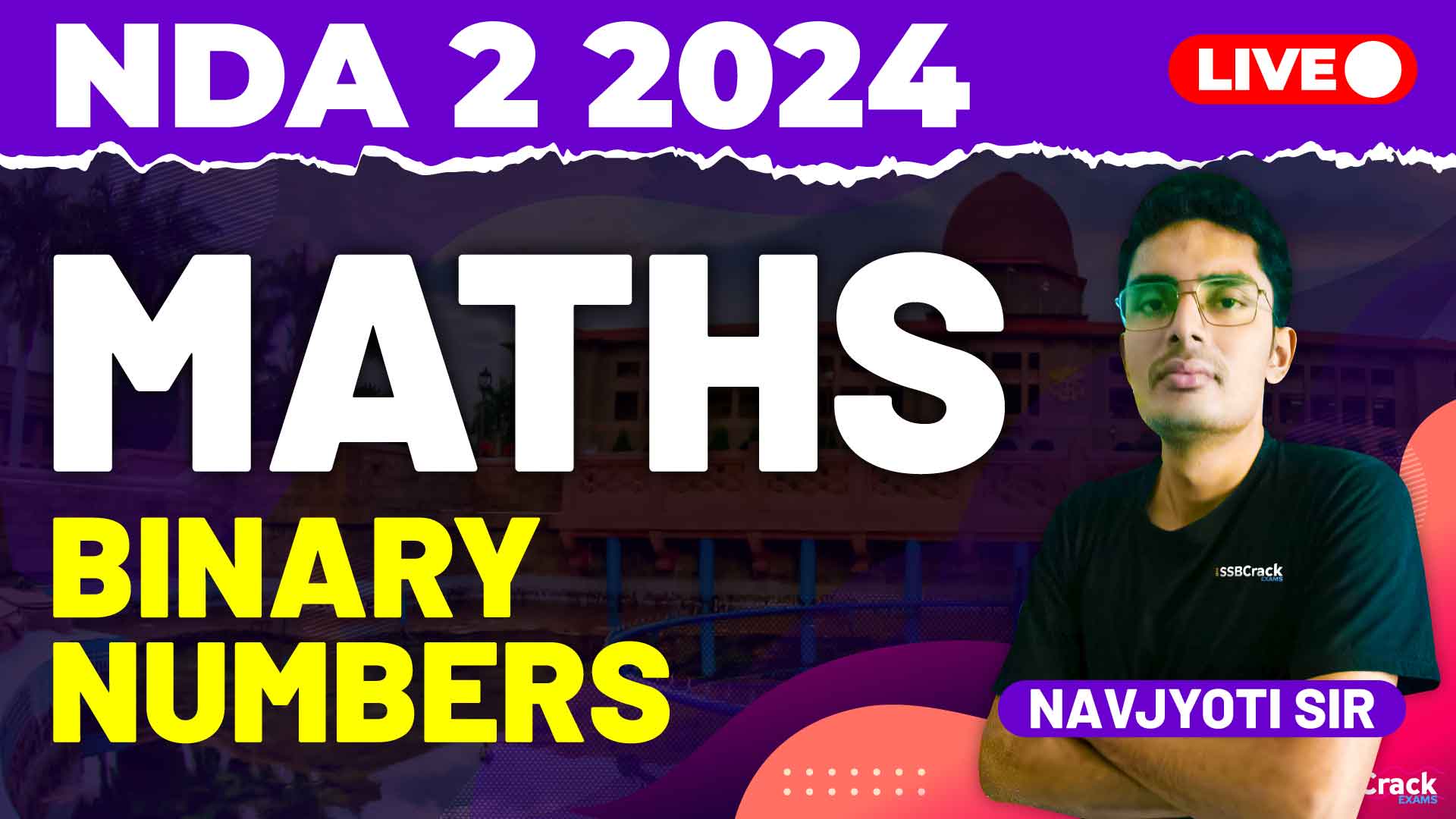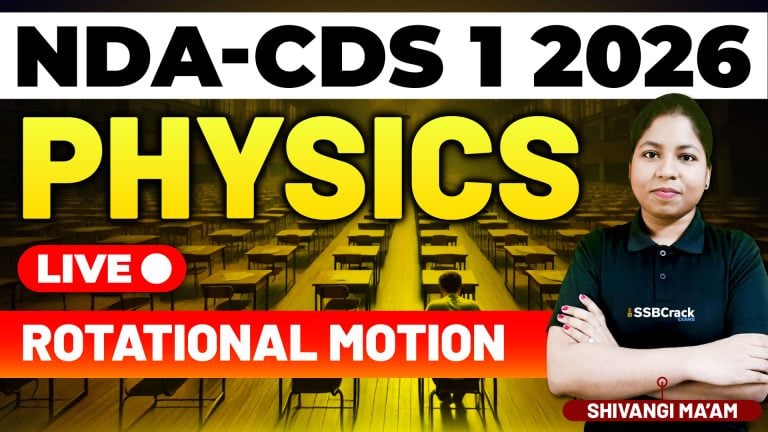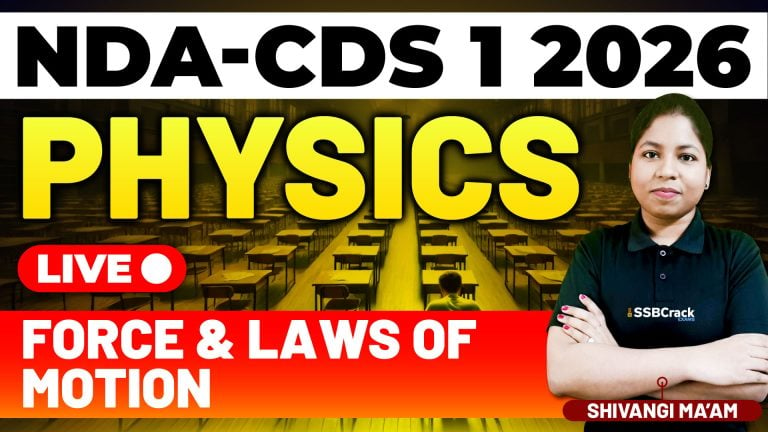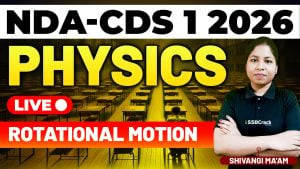Understanding binary numbers is a critical component of the NDA-NA Mathematics Paper I. Recently, a class dedicated to preparing for this exam covered the topic of binary numbers, including key sub-topics such as the binary system of numbers, conversion between decimal and binary, and understanding 1’s and 2’s complements. This article will highlight these important areas and provide strategies to effectively approach binary number questions in the exam.
Understanding Binary Numbers
The binary system is a base-2 numeral system that uses only two digits: 0 and 1. Each digit in a binary number is called a bit, which is short for binary digit. The binary system is the foundation of all modern computing and digital electronics.
In the binary system, each place value represents a power of 2, starting from (20) at the far right. For example, the binary number 1011 represents:
[1 times 23 + 0 times 22 + 1 times 21 + 1 times 20]
This equals (8 + 0 + 2 + 1 = 11) in decimal form.
Decimal to Binary
To convert a decimal number to binary, repeatedly divide the number by 2 and record the remainder. The binary number is obtained by reading the remainders in reverse order.
For example, to convert the decimal number 13 to binary:
- 13 divided by 2 is 6 with a remainder of 1.
- 6 divided by 2 is 3 with a remainder of 0.
- 3 divided by 2 is 1 with a remainder of 1.
- 1 divided by 2 is 0 with a remainder of 1.
Reading the remainders from bottom to top, 13 in decimal is 1101 in binary.
Binary to Decimal
To convert a binary number to decimal, multiply each bit by the corresponding power of 2 and sum the results.
For example, to convert the binary number 1011 to decimal:
[1 times 23 + 0 times 22 + 1 times 21 + 1 times 20]
This equals (8 + 0 + 2 + 1 = 11) in decimal.
1’s and 2’s Complement
Complements are used in binary arithmetic to simplify the process of subtraction and to represent negative numbers.
1’s Complement
The 1’s complement of a binary number is obtained by flipping all the bits, changing 0s to 1s and 1s to 0s.
For example, the 1’s complement of 1010 is 0101.
2’s Complement
The 2’s complement is found by adding 1 to the 1’s complement of a number. It is used to represent negative numbers in binary form.
For example, to find the 2’s complement of 1010:
- Find the 1’s complement: 0101.
- Add 1 to the 1’s complement: 0101 + 1 = 0110.
Strategies for Solving Binary Number Questions
- Understand the Basics: Make sure you thoroughly understand the binary system, including how to read and interpret binary numbers.
- Practice Conversions: Regularly practice converting between decimal and binary. This skill is fundamental and frequently tested.
- Master Complements: Be comfortable with finding 1’s and 2’s complements, as they are essential for binary arithmetic, especially in subtraction and representing negative numbers.
- Solve MCQs: Practice multiple-choice questions (MCQs) to get familiar with the types of questions that appear in the exam. This will also help you improve your speed and accuracy.
- Check Your Work: Always double-check your conversions and calculations. Simple mistakes can lead to incorrect answers.
- Timed Practice: Work under timed conditions to simulate the exam environment. This will help you manage your time effectively during the actual exam.
Conclusion
Mastering binary numbers is crucial for excelling in the NDA-NA Mathematics Paper I. By understanding the binary system, practicing conversions, and becoming proficient with 1’s and 2’s complements, you can tackle binary number questions confidently. Use the strategies outlined in this article to guide your preparation and ensure you are well-prepared for the exam.
Stay consistent with your practice, approach each problem methodically, and maintain a positive mindset. With diligent preparation and a solid understanding of binary numbers, you will be well-equipped to succeed in the NDA-NA exam. Good luck!



















